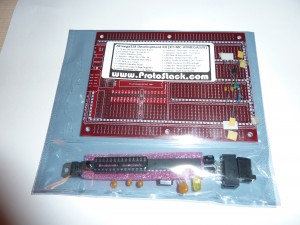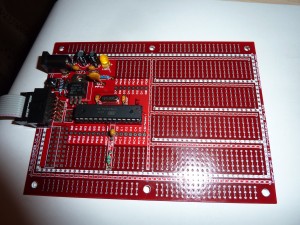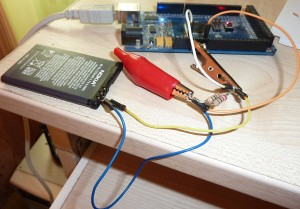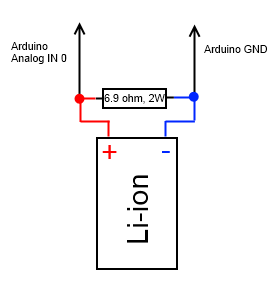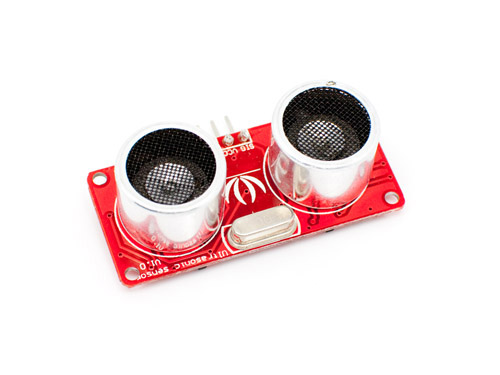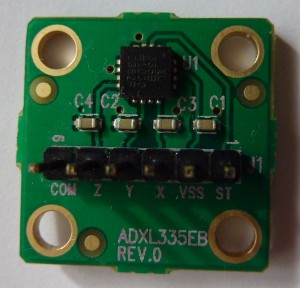This is a very basic Atmega328 development kit It includes:
- Atmega 328 8 bit microcontroller with 20 MHz crystal resonator
- PCB board with place for external components
- Power circuit that allows powering Atmega directly(2.7-5.5 V), or through a L7805 voltage regulator(8-35 V). L7805 circuit includes a thermal fuse.
- 10 pin ISP connection for programming.
A kit comes as true kit, and components must be soldered by user.